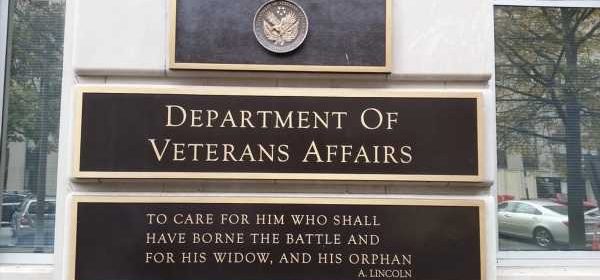Cerner EHR had 50+ slowdowns, outages since VA go-live, says report

The Department of Veterans Affairs’ new electronic health record system has experienced more than 50 latency issues or outages since its initial go-live.
VA spokespeople told The Spokesman-Review’s Orion Donovan-Smith that the system had experienced 42 “unplanned degradations” and eight “unplanned outages” before April 20, 2022 – with two more taking place the following week.
VA representatives told Healthcare IT News that the system was not down during all the incidents.
“This is not accurate and mischaracterizes the issue,” they said. “The vast majority of the 50 incidents were not outages. Rather, they can best be described as latency issues, or the slowing of the system, but the EHR was still functional.
“During the outages, when the EHR is unable to be used by medical personnel, patient-care areas reverted to downtime procedures, which are standard industry-wide protocols when EHR outages occur,” they added. “Downtime procedures focus on decreasing disruption to patient care, while relying primarily on paper processes for documentation.
“To date, we are not aware that the system outages disrupted patient care,” said the representatives.
Cerner deferred requests for comment to VA.
WHY IT MATTERS
After several delays, VA launched its Cerner EHR at Mann-Grandstaff VA Medical Center in Spokane, Washington, in October 2020.
Since then, the initiative has faced hiccups, including complaints from users, concern from legislators and a 90-day review revealing multiple outstanding issues.
The outages, however, have been less publicized until recently. In March 2022, the VA took the EHR system offline amid reports of patients accessing other individuals’ information via the patient portal.
The next month, an outage affected all federal systems using Cerner for nearly three hours.
More incidents in late April left users at dozens of Defense Department, Coast Guard and Veterans Affairs sites unable to access patient records.
However, as reported by Donovan-Smith, most of the 52 incidents were not “large-scale outages.” Rather, they affected a limited number of users at Mann-Grandstaff, along with its affiliated clinics.
THE LARGER TREND
The VA has continued to roll out its Cerner system, going live at facilities in Walla Walla, Washington, in March and Columbus, Ohio, earlier this month.
Throughout the process, leaders have emphasized the importance of learning from complications and taking feedback into consideration. For instance, in response to a joint audit this past week from VA and DOD watchdogs raising concerns about inter-agency EHR interoperability, spokespeople said that it would “consider all opportunities for improvement in VA’s approach to ensuring a complete electronic health record that accomplishes a seamless transition from military service to veteran status.”
“We will continue to work closely and effectively with the Federal Electronic Health Record Modernization Office and our DOD colleagues on our joint effort,” the spokespeople said.
ON THE RECORD
“No matter the type or size of incident, VA and Cerner employ an extensive incident management protocol to ensure users can continue to provide quick, safe and effective care,” Randal Noller, public affairs officer at the VA, said in an email to Donovan-Smith.
Kat Jercich is senior editor of Healthcare IT News.
Twitter: @kjercich
Email: [email protected]
Healthcare IT News is a HIMSS Media publication.
Source: Read Full Article